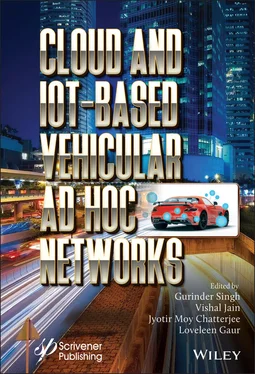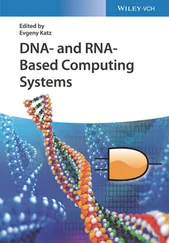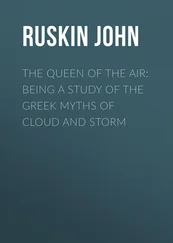32. Nam, H., Calin, D., Schulzrinne, H., Intelligent Content Delivery over Wireless via SDN. IEEE Wireless Communications and Networking Conference (WCNC): Track 4–Services, Applications and Business , pp. 2185–2190, 2015.
33. Short-Range Wireless Communication: Bluetooth, ZigBee & Infrared Transmission, 2013. https://study.com/academy/lesson/short-range-wireless-communication-bluetooth-zigbee-infrared-transmission.html.
* Corresponding author: dharanyadevi@gmail.com
3
IoT-Based Intelligent Transportation System for Safety
Suthanthira Vanitha, N.1*, Radhika, K.1, Maheshwari, M.2, Suresh, P.1 and Meenakshi, T.3
1Muthayammal Engineering College (Autonomous), Namakkal, India
2Nizwa College of Technology, Nizwa, Oman
3Jansons Institute of Technology, Coimbatore, India
Abstract
Communication between vehicles using IoT will be a new era that leads to ITS. Generally, Air buses are mostly preferred by the people for long distance travelling due to cost effective, speed, comfortless and accessibility, etc. but safety factors are not feasible. Passengers are not looking towards the safety factors of these luxurious vehicles due to urgency and emergency conditions. With the negligence of the transport happens to destroy the precious lives of people. In recent days the automobile industrialists started working in latest technology to provide solution for this problem. Though Government has initiated certain set of safety rules and regulations during travelling, this is not taken into greater account. To change this scenario, the development of wireless technologies like IoT, cloud computing, and rapid growth in the number of smart vehicles, where the need for connecting smart devices such as smart phones, PDA, smart watch, smart TV, laptop, etc.
The intelligent vehicle is subjected to certain tests until then the driver couldn’t able to move the vehicle. During emergency condition like vehicle crash, accidents, fire etc., the IoT sensor transmits the whole data over a sensible grid network to take actions. Further, it enhances the driver safety and prevents vehicle collision. If any of the factors is failed the controller enables the buzzer unit and engine fuel supply is stopped. This chapter primarily aims to review on Vehicle Safety and ARM 9 Processor. Secondarily, future applications, challenges and significance in the smart transportation system are discussed.
Keywords:ITS, ARM 9 processor, sensor technology, Internet of Things and vehicle communication
The integration of various Vehicle Information systems, Vehicle Communication Systems, Control Mechanisms and Sensor Technologies combine the vehicle and road supports for driving. Transportation Systems are fundamental to the economic growth of the Nation. However, several cities in the world are facing severe problems due to the uncontrolled growth of traffic volume increases, toxic gas emissions, and fuel consumption of vehicles and thereby reducing the safety of people. In a year commuters waste around 42 h in traffic jams, where drivers squander additional 3 billion gallons of fuel which is equivalent to $960 [1]. These problems will deteriorate the opportunity because of population growth and the rising migration to urban areas in many countries around the world [2, 3]. Therefore, it is a very significant part to develop a safe and effective transportation system.
With the advancement in transportation Technologies Information and Communication System have introduced a new opportunity in hardware, software and communication for sustainable environment. The ICT enables better infrastructure and safety for passengers in the transportation with the amalgamation of ITS. Implementation of ITS mainly depends upon gathering and processing of data from the location. Normally, there are two classes of sensing platforms that are used: (i) Collection of data about vehicle conditions is done by Intra-Vehicular sensing and (ii) Collection of data regarding traffic conditions is carried out by Urban sensing. For data collection in Intra-Vehicular sensing, sensor technology is an essential element used, and then the data provided for further processing and analysis of transportation management systems.
Intelligent Transport System uses new cutting-edge technology for road traffic issues, like road accidents, congestion and needs three significant elements for establishing such as position, planning, and communication. PS/GSM is one of the modules used for location due to its low-cost. Figure 3.1 depicts the elements of ITS.
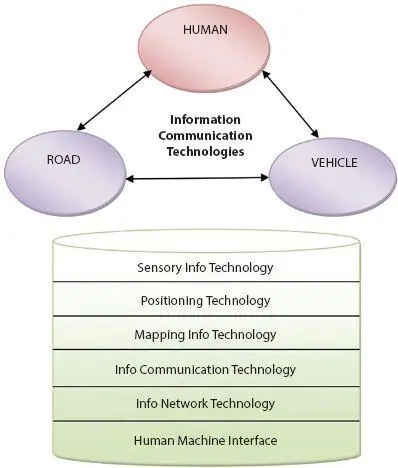
Figure 3.1Elements of ITS.
Mapping is an innovation that plots area data and it tends to be acknowledged with the assistance of an advanced channel. Interchanges can be perceived by means of an assortment of media communications and broadcasting originality, for example, FM multiplex telecom, cell phones, and so on. These correspondence media should be contemplated and chosen by the sorts of ITS applications since they have fluctuating qualities, for example, long-range or short-go, single direction or twoway, and free or expense-based, an ideal mix of correspondence media. Notwithstanding setting up normal correspondence frameworks, techniques, and information positions, in addition to other things, it is essential to find out the locally available unit, side of the road units, and the frameworks, in addition to other things, that are perfect with every single accessible application.
3.3 Role of ITS in Safety
By lessening the chance of an accident, by decreasing the injury results of
accidents, and by affecting or controlling driver presentation to the road
traffic framework for example exposure measures, with variable speed constraining frameworks, the accompanying systems minimize the lesions and fatalities.
In-vehicle variable speed alerting and limiting.
In-vehicle forward crash notice
In-vehicle incident management system
Automated speed implementation
Roadside speed control frameworks with variable speed limits
Motorway control arrangement.
Different frameworks looked into which may seem to have impressive potential to diminish crash chance, however less significantly than those recognized above, incorporates: Lane takeoff cautioning, Lane change impact cautioning, Vision upgrade, and crash information recorders. Except for the last, these frameworks require further refinement and trialing before a progressively exact measure of their capability to decrease crashes are regularly made.
On the possibility of the literature assessment, versatile control and back impact notice frameworks are the applications that seem to have the lit-tlest sum potential to downsize injury crashes over the whole transport. Variable speed cautioning and restricting appeared to directly decrease vehicle speed and can, and as a result, have a major general impact in diminishing the injury outcomes of accidents. Adding to this safety belt update, interlock and insightful limitations offer huge security benefits.
Sensor Technology has merit in transforming a traditional unit into the latest one. An element is one that provides an output signal relating to an input physical quantity (Figure 3.2).
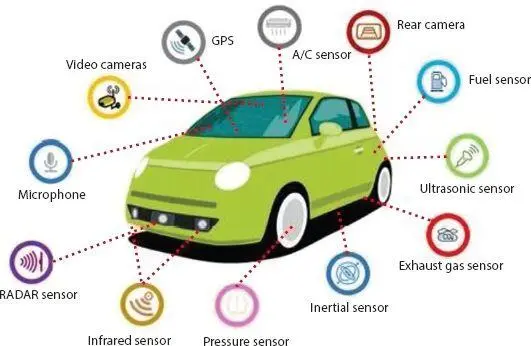
Читать дальше
